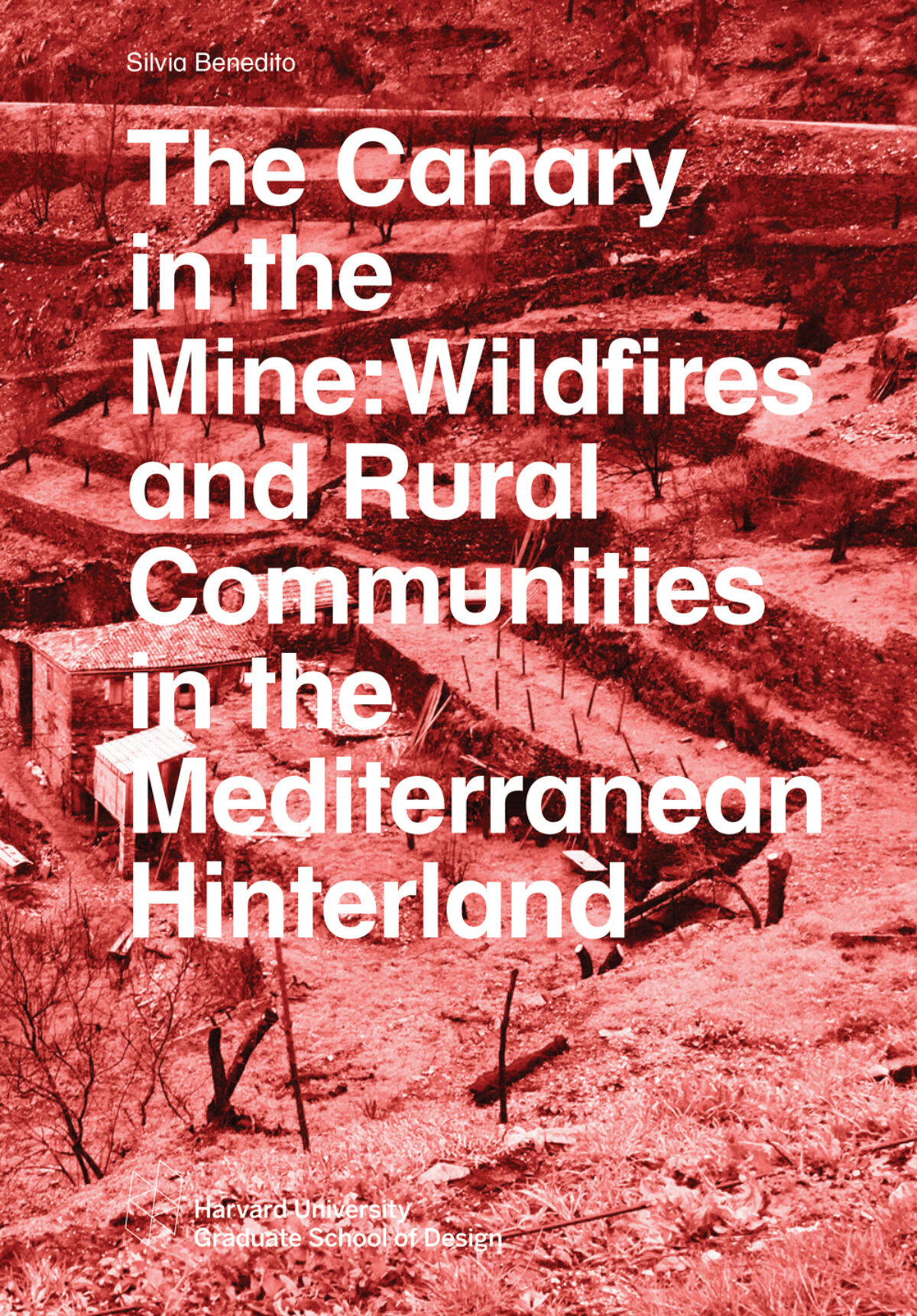The Canary in the Mine: Wildfires and Rural Communities in the Mediterranean Hinterland

Once a necessary disturbance for landscape management and economic growth, fire has become an ever-growing threat —a symptom of many damaging “fronts” accrued over decades in the rural hinterlands: ad-hoc forest governance, fast-growing monocultures, depopulated and aged communities, swelling temperatures, and the abandonment of hinterlands perceived to have low quantifiable “value.” However, the pressures imposed by the growing wildfire occurrences, climatic stress, unreliable food and energy security, bio-diversity loss, and the pandemic outbreak forced the national government and the European Union to act toward new economic and ecological paradigms.
In this context, Portugal’s rural territories are the canary in the mine. With approximately two-thirds of the country considered “rural,” the symptoms of current wildfires are a warning and a prospect of what the future holds for Mediterranean landscapes; and, potentially, a spring-board for new design principles in today’s challenges. The Studio focuses on the municipality of Arganil located in the central region of Portugal severally affected by the wildfires of 2017. With approximately 2500 Ha, this area gathers community parcels (“baldios”) winding through small mountain and river villages. The Studio is a laboratory to explore questions about wildfires, rural stewardship, bio-economy, resilient landscapes, community built-up, and the cultural values associated with “working with the land.”
The Canary in the Mine: Wildfires and Rural Communities in the Mediterranean Hinterland is a studio report from the Fall 2021 semester at the Harvard University Graduate School of Design based on the option studio taught by Silvia Benedito.
Series Design by Zak Jensen and Laura Grey
Report design by Alysoun Wright
Softcover, 246 pages, 17 x 24.5 cm